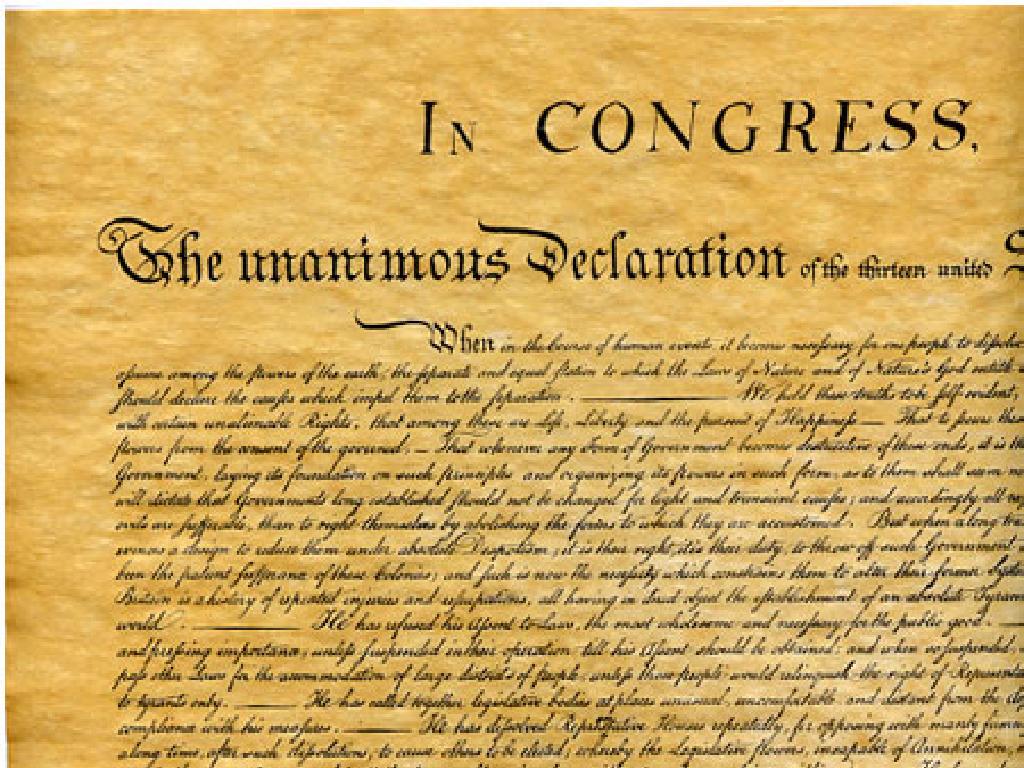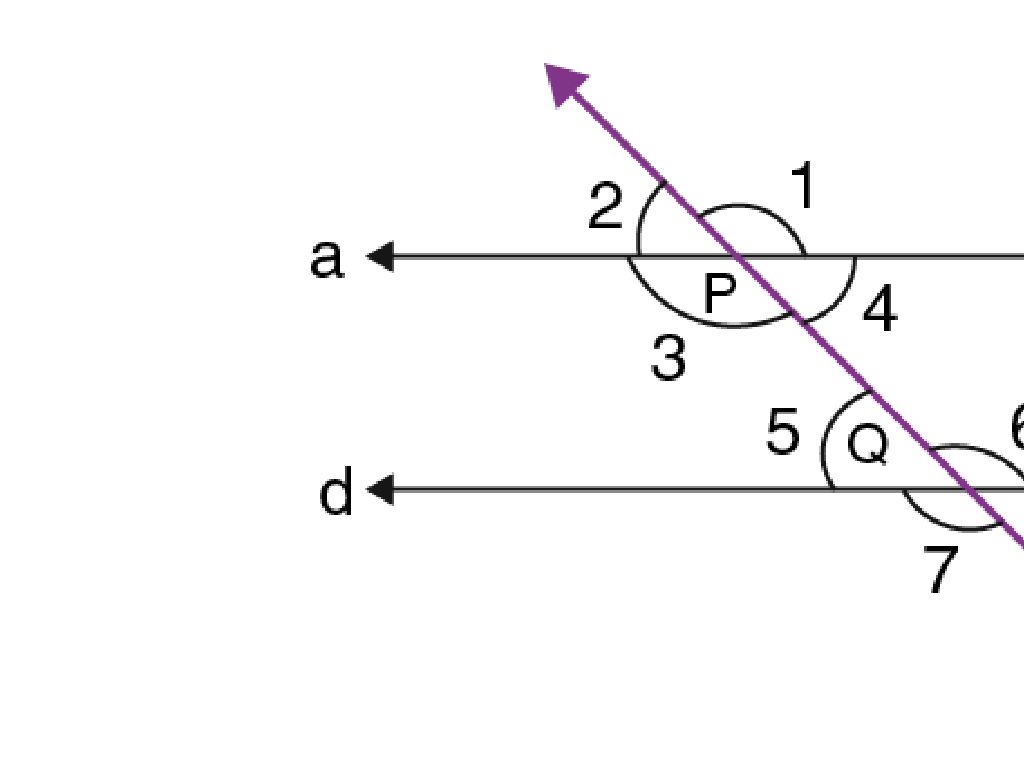Causes Of The Civil War: Dred Scott To Secession
Subject: Social studies
Grade: Eighth grade
Topic: The Antebellum Period
Please LOG IN to download the presentation. Access is available to registered users only.
View More Content
Antebellum Period: Prelude to Civil War
– Define the Antebellum Period
– Time before the Civil War, marked by division
– Causes of the Civil War overview
– Economic, social, and political factors led to conflict
– Key events before the war
– From Compromise of 1850 to Lincoln’s election
– Significance of Dred Scott case
– Dred Scott decision fueled tensions over slavery
|
The Antebellum Period refers to the years before the American Civil War, characterized by rising tensions between the Northern and Southern states. This slide introduces students to the complex causes of the Civil War, including economic disparities, social upheavals, and political debates over states’ rights and slavery. Key events such as the Compromise of 1850, the Kansas-Nebraska Act, and the election of Abraham Lincoln will be discussed. Emphasize the Dred Scott Supreme Court case’s impact on the national conversation about slavery and its role in escalating the path to war. Encourage students to consider how these events are interconnected and how they collectively led to the secession of Southern states and the onset of the Civil War.
The Dred Scott Decision: A Step Towards War
– Dred Scott’s identity
– An enslaved man who sued for his freedom.
– Supreme Court’s ruling impact
– The decision denied Scott’s freedom and African Americans’ citizenship, affirming the power of slave states.
– Escalation towards conflict
– The ruling polarized the nation further, with strong reactions from both abolitionists and pro-slavery advocates.
– National division deepens
|
Dred Scott was an enslaved African American who sought freedom through the American legal system, leading to a landmark Supreme Court case. The Court’s decision in 1857 stated that he and others of African descent could not claim citizenship and therefore could not sue in federal court. This decision also invalidated the Missouri Compromise, which had limited the expansion of slavery. The ruling was a major catalyst for the Civil War, as it heightened tensions between the abolitionist North and the pro-slavery South, leading to a more divided nation. In class, discuss the implications of the decision on the political and social climate of the time, and how it contributed to the onset of the Civil War.
States’ Rights vs. Federal Power
– Understanding states’ rights
– States’ rights refer to political powers reserved for U.S. state governments.
– Federal vs. state authority debate
– The balance of power was contested, with some advocating for stronger state powers.
– Conflicts: states vs. federal government
– Historical conflicts include the Nullification Crisis and disputes over slavery laws.
– Significance in Civil War lead-up
|
This slide delves into the concept of states’ rights and its role in escalating tensions leading to the Civil War. It’s crucial to explain that states’ rights are the powers not explicitly granted to the federal government by the Constitution, thus reserved for the states. The debate over the extent of federal authority was a core issue, with some states feeling their rights were being overridden by federal decisions. Highlight examples like the Nullification Crisis, where South Carolina opposed federal tariffs, and disagreements over the spread of slavery into new territories. Understanding these conflicts helps students grasp the complexities of the states’ rights argument and its impact on the nation’s division.
The Economy: North vs. South
– Economic differences North/South
– North: Industrial, South: Agricultural
– Economic interests fueling tension
– Competing economic interests led to political conflicts
– Cotton’s role in Southern economy
– ‘King Cotton’ dominated the South, driving the demand for slave labor
– Industry’s impact in the North
– Northern industry favored tariffs, opposed by the South
|
This slide aims to highlight the stark economic differences between the North and South that contributed to the tensions leading up to the Civil War. The North’s economy was industrialized and focused on manufacturing, while the South’s economy was agricultural, relying heavily on cotton production and slave labor. These differing economic interests led to political conflicts over issues such as tariffs and the expansion of slavery into new territories. Understanding these economic factors is crucial for students to grasp the complexities of the issues that divided the nation. Discussions can include how the cotton gin increased cotton production and the demand for slaves, and how the industrial revolution in the North led to a push for high tariffs, which the South opposed as it affected their economy based on trade.
The Abolition Movement and Civil War
– Key figures of abolition
– Leaders like Harriet Tubman, Frederick Douglass fought for freedom
– Literature’s role in opinion
– ‘Uncle Tom’s Cabin’ changed many people’s views on slavery
– Speeches swaying the masses
– Famous speeches by abolitionists rallied support for ending slavery
– Southern resistance to abolition
– Economic reliance on slavery fueled opposition in the South
|
This slide aims to educate students on the Abolition Movement’s influence on the Civil War. Highlight key figures such as Harriet Tubman and Frederick Douglass, who were instrumental in the fight against slavery. Discuss how literature, particularly Harriet Beecher Stowe’s ‘Uncle Tom’s Cabin,’ and powerful speeches played a pivotal role in shaping public opinion in the North. Address the resistance from the South, where slavery was deeply intertwined with the economy and social order. Encourage students to consider how these factors contributed to the growing divide between the North and South, leading up to the Civil War.
The Road to Secession
– Definition of secession
– Secession: withdrawal of a group from a larger entity, especially a political entity
– Events leading to secession
– Key events: Dred Scott decision, Lincoln’s election, and more
– The birth of the Confederacy
– Southern states united to form the Confederate States of America
|
This slide aims to explain the concept of secession and the series of events that led to the Southern states’ decision to withdraw from the Union, ultimately leading to the Civil War. Secession refers to the act of withdrawing from an organization or alliance. In the context of the Civil War, it refers to the Southern states leaving the United States to form their own nation, the Confederacy. Key events that fueled secession include the Dred Scott Supreme Court decision, which denied citizenship to African American slaves, and the election of Abraham Lincoln, who was seen as a threat to the institution of slavery. The formation of the Confederacy was the culmination of these tensions. Students should understand the gravity of these events and their impact on the nation’s history.
Debate: Union vs. Confederacy
– Divide into pro-Union and pro-Confederacy
– Present arguments from today’s lesson
– Discuss states’ rights and economy
– How did states’ rights and economic interests contribute to the Civil War?
– Examine the Dred Scott decision
– How did the Dred Scott decision impact the nation’s view on slavery?
|
This class activity is designed to engage students in a debate reflecting the complex issues leading up to the Civil War. By dividing the class into pro-Union and pro-Confederacy groups, students will delve into the perspectives that shaped the nation’s divide. Encourage them to use information from today’s lesson to argue their stance on states’ rights, economic differences between the North and South, and the implications of the Dred Scott decision. Provide guidance on constructing logical arguments and maintaining a respectful debate environment. Possible activities include role-playing historical figures, creating propaganda posters, or writing persuasive speeches. This exercise aims to deepen their understanding of the historical context and the multifaceted causes of the Civil War.
Reflecting on the Civil War Causes
– Review of Civil War causes
– Modern impact of these events
– Consider how historical divisions continue to shape society
– Open floor for discussion
– Encourage questions and thoughts
– Share your perspective or ask about unclear aspects
|
This slide aims to consolidate the students’ understanding of the complex causes leading to the Civil War, including the Dred Scott decision and the move towards secession. Encourage students to reflect on how the issues of state rights, economic interests, and slavery have had a lasting impact on American society and politics. Facilitate an open discussion where students can ask questions, express their thoughts, and consider the relevance of these historical events to current societal issues. This will help them to develop critical thinking skills and understand the importance of history in shaping the present and future.
Homework: The Dred Scott Decision’s Impact
– Write a one-page essay
– Impact of Dred Scott decision
– Explore how this ruling deepened division between North and South
– Include three lesson points
– Reflect on points like the legal status of slaves and the Missouri Compromise
– Due next class session
|
This homework assignment aims to reinforce the students’ understanding of the Dred Scott decision and its profound effect on the nation leading up to the Civil War. Encourage students to consider how the decision influenced public opinion, politics, and the legal system. They should use at least three points discussed in class, such as the denial of citizenship for African Americans, the invalidation of the Missouri Compromise, and the intensification of sectional conflict. The essay will help students synthesize information from the lesson and express the historical significance of the event in their own words. Provide guidance on essay structure and remind them of the due date.





